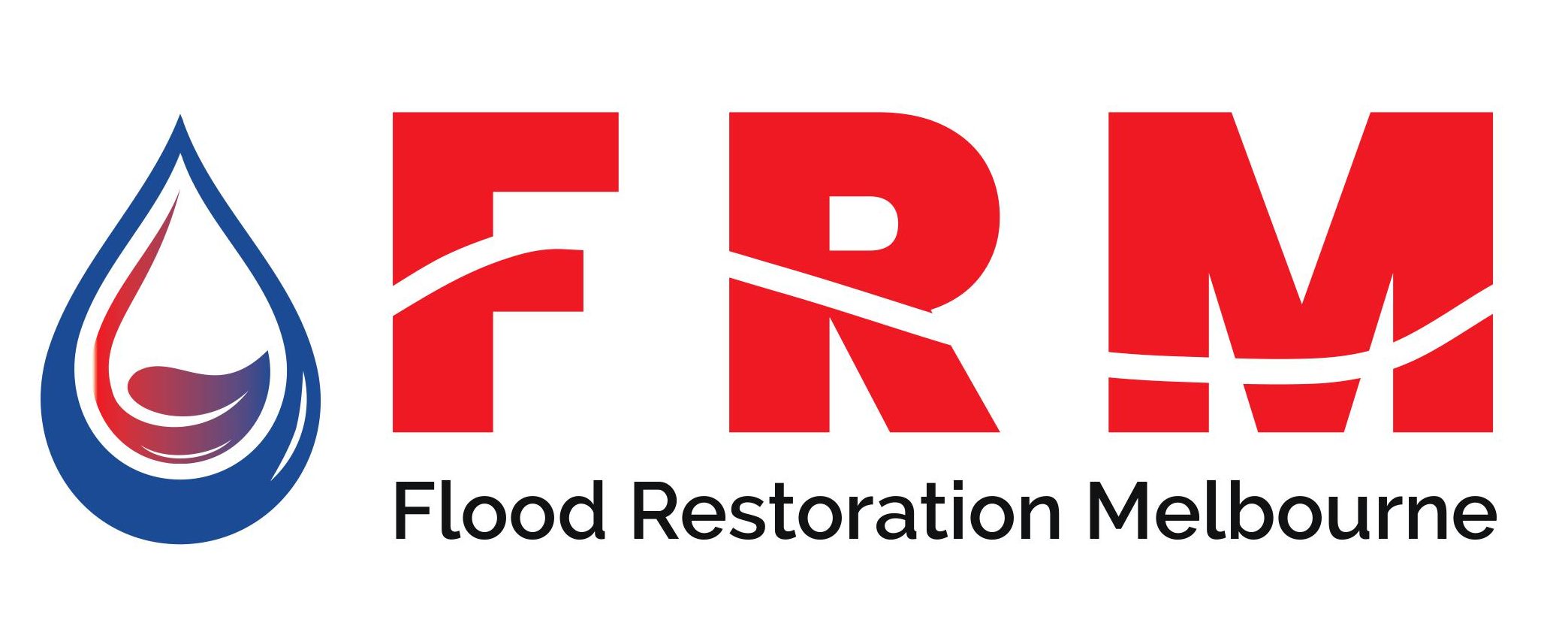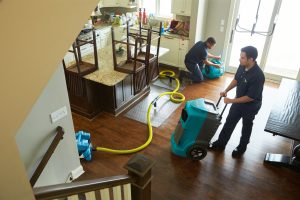Mould is a common problem in many workplaces. It can cause health issues and affect productivity. Understanding mould, its causes, and Mould removal in Melbourne is essential for maintaining a healthy environment. Mould is a type of fungus that thrives in moist environments. It reproduces by releasing tiny spores into the air. These spores can settle on surfaces and grow when conditions are right. Mould can appear in various colours, including black, green, and white. In this blog, we will explore what mould is, its risks in the workspace, how to identify it, and ways to prevent it and why.
Why is Mould a Concern?
Mould can lead to several health issues. People with asthma, allergies, or weakened immune systems are especially at risk. Even those without prior health issues can experience reactions when exposed to mould.
Common Causes of Mould in the Workplace
Understanding how mould grows can help in preventing it. Here are some common causes:
Moisture
Mould thrives in damp environments, making moisture its primary requirement for growth. Here are some specific sources of moisture that can lead to mould issues in the workplace:
- Leaking Pipes: Plumbing issues can result in slow leaks, creating a consistent source of moisture. Over time, this can lead to significant mould growth if not addressed promptly.
- Spills: Accidental spills from beverages, cleaning products, or other liquids can create wet conditions. If not cleaned up quickly and thoroughly, these spills can encourage mould development.
- High Humidity: Indoor humidity levels above 50% can create an environment ripe for mould growth. Activities such as cooking, showering, or even breathing contribute to indoor humidity. Using air conditioning or dehumidifiers can help manage humidity levels, especially in high-moisture areas like kitchens and bathrooms.
Poor Ventilation
Ventilation plays a crucial role in controlling moisture levels within a building. Here’s how poor ventilation contributes to mould growth:
- Stagnant Air: Areas without sufficient airflow trap humidity. This can occur in enclosed spaces like basements or utility rooms, where air may not circulate effectively.
- Lack of Fresh Air: Indoor moisture levels can increase without regular exchange of fresh air, especially in tightly sealed buildings. Opening windows or using exhaust fans can help mitigate this issue.
- Obstructed Vents: Dust, debris, or furniture blocking air vents can impede airflow. Regular cleaning and maintenance of ventilation systems are essential to ensure they operate effectively.
Organic Material
Mould requires organic material to feed on, which is why certain materials in the workplace can be particularly vulnerable. Here’s how this works:
- Common Organic Materials: Mould can grow on wood, paper, carpet, and even fabric types. These materials provide the nutrients mould needs to thrive.
- Storage Practices: Storing organic materials in damp or poorly ventilated areas can lead to mould growth. For example, stacks of paper in a humid office or wooden furniture in a damp basement can become breeding grounds for mould.
- Regular Inspection: Inspecting these materials for signs of moisture or mould can help catch potential problems early.
Identifying Mould
Recognising mould early is vital for effective management. Below are some methods for identifying mould in your workplace:
Visual Inspection
Conducting a thorough visual inspection can reveal mould presence. Here’s what to look for:
- Discolouration: Check for any unusual spots or patches on walls, ceilings, and floors. Mould can appear in various colours, including black, green, and white.
- Texture Changes: Mould often creates a fuzzy or slimy texture on surfaces. This can be a clear indication of its presence.
- Hidden Areas: Pay special attention to hidden areas such as behind furniture, under sinks, or in corners where moisture may accumulate.
Smell
Mould produces a distinct musty odour that can be a strong indicator of its presence. Here’s how to use smell to identify mould:
- Foul Odour: If you notice a persistent, musty smell in certain areas, it may signal hidden mould. This odour often intensifies in damp environments.
- Follow Your Nose: Use the smell as a guide to locate the source. Inspect areas where the smell is strongest, as this can lead you to hidden mould growth.
- Regular Monitoring: Encourage employees to report any unusual smells immediately. Early detection can help prevent larger mould issues.
Health Symptoms
If employees start experiencing respiratory problems or allergic reactions, mould might be the culprit.
Steps to Prevent Mould Growth
Preventing mould is crucial for a healthy workplace. Here are some effective strategies:
Control Humidity
Keep indoor humidity levels between 30% and 50%. Use dehumidifiers in damp areas to help reduce moisture. Open windows and doors when possible. Use exhaust fans in kitchens and bathrooms to improve airflow.
Fix Leaks Promptly
Address any leaks in plumbing or roofing immediately. Regular maintenance checks can help identify issues early.
Clean Regularly
Regular cleaning helps prevent mould growth. Pay special attention to areas prone to moisture. Use mould-resistant cleaning products.
Use Mould-Resistant Materials
When renovating or building, consider using mould-resistant materials. These can help reduce the risk of mould growth.
Dealing with Mould If Found
If mould is discovered in the workplace, it’s essential to act quickly. Here’s what to do:
Isolate the Area
Close off the area where mould is found to prevent spores from spreading.
Notify Management
You can report the issue to management or the designated health and safety officer. They will need to organise a proper response.
Professional Mould Removal
For larger mould infestations, hire mould removal experts from restoration companies like Flood Restoration Melbourne. They have the right equipment and expertise to remove mould safely.
Monitor the Situation
After mould removal, monitor the area regularly. Ensure that moisture levels remain controlled to prevent future growth.
Educating Employees
Educating employees about mould is necessary. You need to provide training on recognising mould and understanding its risks. Encourage them to report any signs of mould immediately. A well-informed workforce can help maintain a healthier workplace.
Mould in the workplace is a serious issue that can impact health and productivity. By understanding what mould is and how it grows, we can take effective measures to prevent it. Keeping humidity levels down, ensuring proper ventilation, and conducting regular inspections are essential steps. If you find mould at your home, acting quickly and hiring mould removal service professionals can help minimise health risks. A healthy workplace is a productive one. Let’s work together to ensure our environment is mould-free! For mould removal, carpet water extraction, water damage restoration, and flood water restoration call the expert team at Flood Restoration Melbourne on 0430124748 today.


